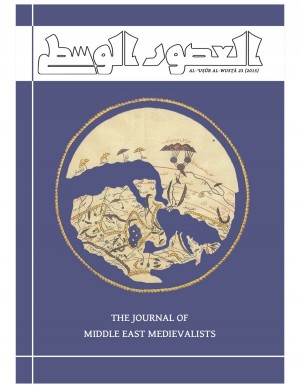Abstract
This article, a response to Antony Eastmond’s monograph Tamta’s World, pays particular attention to women’s history and identity at the intersection of cultural and religious interactions in medieval Georgia, Armenia, and Anatolia. It highlights the importance of the women in T‘amt‘a’s family—her mother and aunts—in shaping her identity, despite Eastmond’s emphasis on the agency of men in this process. I argue that the lives and self-representation of these women were far more relevant to T‘amt‘a than the numerous examples from various parts of the Islamicate world that Eastmond provides would suggest. The article critically examines the notion of “fluid identities” as applied to the medieval evidence. It does so by considering previous research that has rejected the historicity of Zak‘arid/Mxargrʒeli princes’ Kurdish origin. Furthermore, it outlines the divergent Armenian and Georgian historiographical traditions on the naming of this dynasty, reveals their sources, and underscores that genealogical constructions and the choice of dynastic monikers were strategies of legitimation. The visual evidence likewise requires nuanced interpretation, as I demonstrate in treating the Axtala Monastery’s frescoes. I conclude by emphasizing that research aimed at bridging different disciplines, like Eastmond’s, is essential but highly challenging. Its challenges may be partially offset through collaborative efforts among specialists.

This work is licensed under a Creative Commons Attribution-NonCommercial-NoDerivatives 4.0 International License.
Copyright (c) 2020 Zaroui Pogossian

